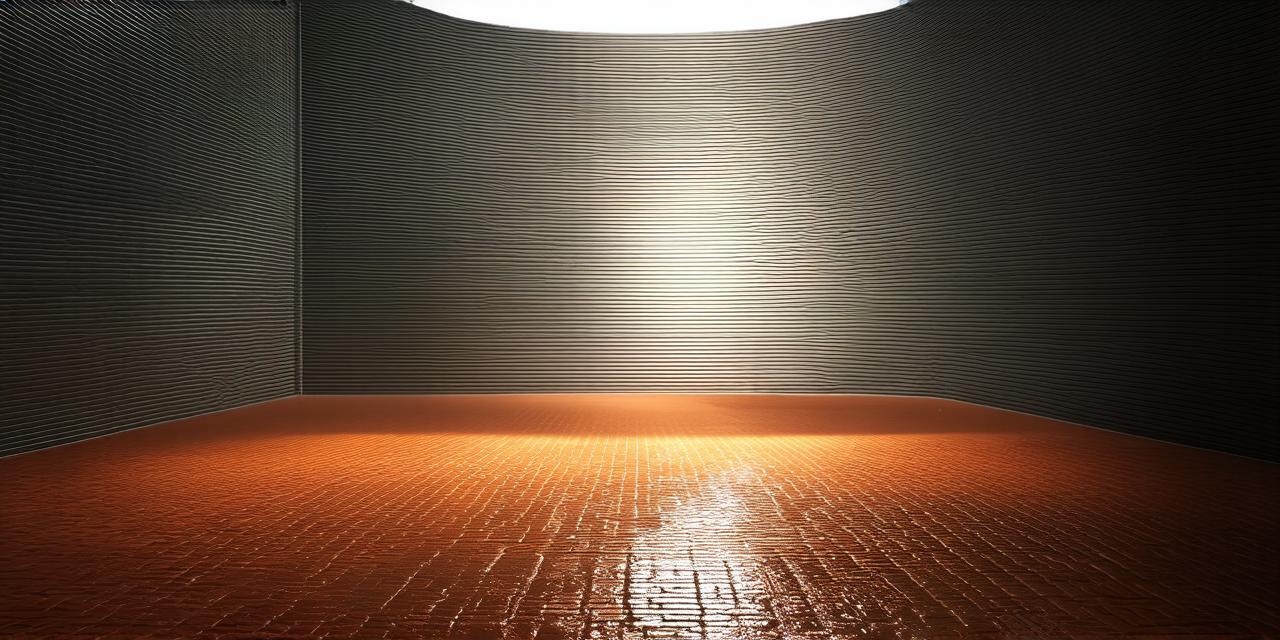1. Modeling 3D Assets in Unity
The first step in creating a 3D asset in Unity is to model it using a 3D modeling software such as Blender or Maya. Once the model is complete, you can import it into Unity by dragging and dropping it into the Hierarchy window or using the Asset Database.
In Unity, there are several tools available for editing and manipulating 3D models, including the Mesh Filter, Mesh Renderer, and Transform components. These tools allow you to scale, rotate, and position your model in the scene. You can also apply textures and materials to your model using the Material component.
2. Animating 3D Assets in Unity
Once you have created and imported your 3D model into Unity, you can animate it by creating animations in the Animation window. Animations are created by setting keyframes for different parts of the model, such as its position, rotation, and scale.
In Unity, there are several types of animations that you can create, including 2D animations, 3D animations, and Motion Capture animations. 2D animations are useful for creating animated sprites, while 3D animations are used for creating more complex animations such as character movements.
Motion Capture animations allow you to capture real-world movements and use them to animate your model in Unity. This can be particularly useful for creating realistic character movements.
3. Rigging 3D Assets in Unity
Rigging is the process of creating a skeleton or control points for your 3D model that allow you to manipulate its movement and animation. In Unity, there are several tools available for rigging 3D models, including the Humanoid Animation window and the Rigging tool in the Graph Editor.
Once you have created a rig for your model, you can use it to animate your model by setting keyframes for different parts of the model, such as its position, rotation, and scale. You can also create complex animations by using the Animation window and creating custom animations.
4. Exporting 3D Assets from Unity
Once you have created and animated your 3D asset in Unity, you can export it in several different formats, including FBX, Collada, and OBJ. These formats are commonly used for sharing 3D models with other software and platforms.
To export a 3D asset from Unity, simply select the asset in the Hierarchy window or the Asset Database, right-click on it, and choose “Export Selection”. From there, you can choose the format that you want to export the asset in and specify any additional options.
Summary
Creating 3D assets in Unity is a powerful and versatile process that allows you to create everything from simple 2D sprites to complex 3D models with realistic animations and rigging. By following these steps and using the tools available in Unity, you can create high-quality 3D assets that can be used in games, movies, and other multimedia projects.
